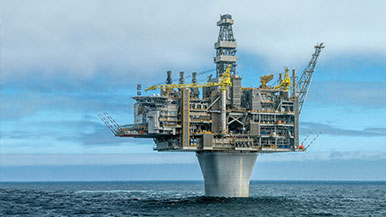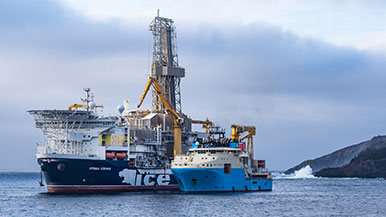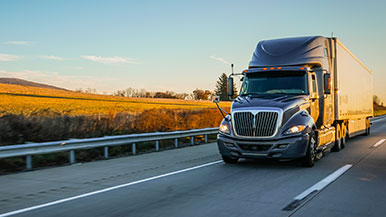what we do
supporting Canada’s prosperity through responsible operations
Chevron Canada has been responsibly developing Canada’s abundant energy resources for over 85 years. Through more than 1.6 billion barrels of net legacy production, we are supporting the economic progress and prosperity of Canada. Our success is driven by our people and their commitment to getting results the right way—by operating responsibly, executing with excellence, applying innovative technologies and capturing new opportunities for profitable growth. We take great pride in enabling human progress by developing the energy that improves lives and powers the world forward.



